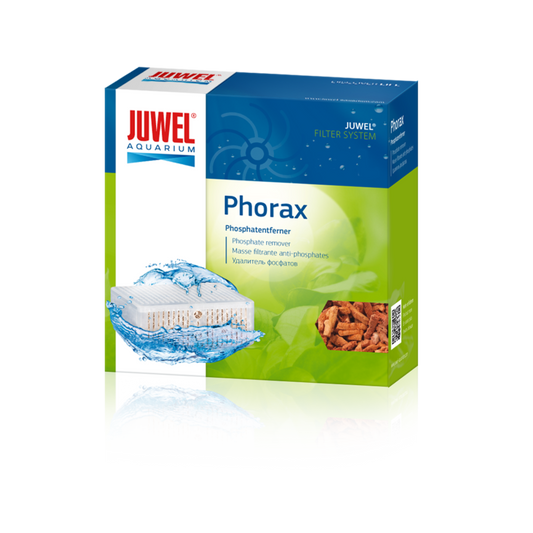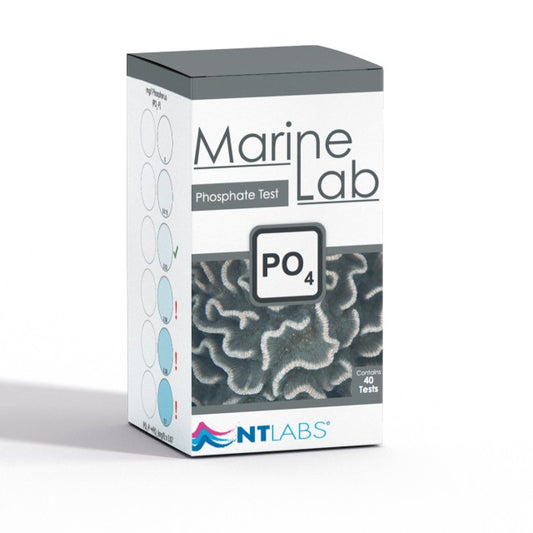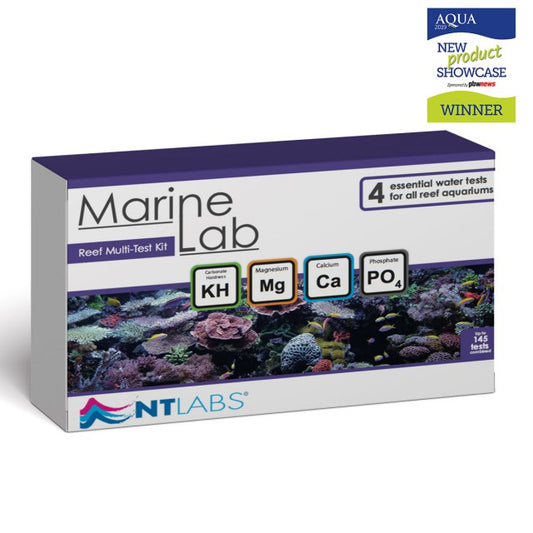Collection: REDUCING PHOSPHATES IN YOUR AQUARIUM
Phosphate (PO4) is present in every aquarium, even though many aquarium owners aren’t aware that it is there. If the aquarium is not properly maintained, the phosphate levels will continually rise and contribute to algae growth. Testing for phosphate and learning about the sources of phosphate in your aquarium water will help you combat their effects.
The Effect of Phosphate
While phosphate does not directly harm your fish, even at high levels, the algae blooms that result from elevated phosphate can ultimately cause problems for the aquarium inhabitants, however. Green water can deplete the oxygen, which in turn can harm the fish.
Where Phosphate Comes From
Phosphate naturally increases as wastes are broken down within the aquarium. In addition to being internally produced, phosphate can enter the aquarium from external sources. Everything from fish food to the chemicals used to buffer the water to the tap water itself can contain significant amounts of phosphate. Phosphate sources include:
- Uneaten food
- Plant decay
- Dying algae
- Fish feces
- Dead fish
- Carbon filter media
- Aquarium salts
- pH buffers
- kH buffers
- The tap water
Desired Level
Phosphate is present in both organic and inorganic forms. Test kits can only test for inorganic phosphate, so keep in mind that you are only testing a portion of the total phosphate in your aquarium.
When test results show levels of 1.0 ppm (mg/L) or higher, the conditions become favorable for algae growth. At 2 to 3 ppm, algae overgrowth is likely to occur. Ideal phosphate levels are 0.5 ppm or less.
Reducing Phosphate
The best way to reduce phosphate in your aquarium is to never let it get high in the first place. If your phosphate is already too high, however, you can reduce it by taking the following steps.
-
Water Change: Large water changes will help bring phosphate down quickly, but the fix will be temporary if the underlying sources are still there. Continue to perform frequent large water changes to keep phosphate levels manageable until all causes are fixed. However, be sure to test your tap water, as some cities have phosphate in the drinking water. If your tap water contains phosphate, you will need to use filtered or distilled water with a buffer added into it to use for water changes.
-
Tank Cleaning: Scrape the inside of the glass. Remove the rocks and other decorations and scrub them well. Let everything settle a bit, then give the substrate a good gravel vacuuming. Wait a few days to give things a chance to stabilize, then clean the filter media to remove trapped algae.
-
Phosphate Absorber: Phosphate absorbing media is very effective. It can be added to virtually any filter. Note: Using chemicals should generally be your last resort.
-
Phosphate Binder: There are liquid chemicals available at the fish store that can be added to the water to cause the phosphate to precipitate out of solution. Use these with caution, and start at low doses, as adding too much will turn the aquarium water white and can affect the health of the fish.
Keeping Phosphate Low
When you've brought the phosphate level down, make sure it stays low. Here are some ways to avoid soaring phosphate levels.
-
Feed Sparingly: The primary source of phosphate in an aquarium is flake food. Cut back on the frequency and amount of food. Just a pinch once a day is sufficient for most adult fish. Remove any uneaten food promptly.
-
Change Food: Phosphate is used as a preservative in flake foods. All brands are not created equal, so do your research and choose those brands that have lower phosphate levels.
-
Water Source: Test your water source. It is not unusual for tap water to contain 1 ppm of phosphate. If the level is high, seek an alternate source for your aquarium water.
-
Water Changes: Frequent water changes will help keep phosphate levels from rising. Change 10 to 15 fifteen percent weekly, using a low phosphate water source.
-
Tank Maintenance: Keeping the tank free of debris and algae will help avoid phosphate buildup. Vacuum the bottom frequently to remove uneaten food, plant decay, and fish waste.
-
Filter Media: Carbon is a good filter media, but it can add phosphate to the water, so choose carefully. Some carbon media, such as those for saltwater aquariums, is formulated specifically to not leach phosphate into the water. Others combine carbon media with phosphate absorbers so you get the best of both.
-
Filter Cleaning: Regularly cleaning debris from the filter will help reduce the sources of phosphate.
-
Water Treatments: Buffers that condition the water, alter or stabilize the pH, add trace elements or change the hardness often contain phosphate. Don't use them if they aren’t absolutely needed. If you must use them, research the product and choose one that contains the least amount of phosphate.









